HOMELESSNESS
Ms JODIE HARRISON (Charlestown) (19:08): New South Wales is facing a homelessness crisis on a scale that we have not seen before. It is a crisis that has been decades in the making and that organisations such as the NSW Council of Social Service [NCOSS], Domestic Violence NSW, Mission Australia and Homelessness NSW have long warned of. The crisis is driven by housing unaffordability, and the Government has created no meaningful policies to deal with it. Housing unaffordability has now extended to regional areas of this State—regions such as the Hunter Valley, where the cost of renting a two‑bedroom apartment is up 13.9 per cent on last year and the cost of renting a three‑bedroom home has gone up by 8.9 per cent compared to last year.
At the same time that rents are increasing, rental vacancy rates in the Hunter region have plunged to about 0.8 per cent—compare that to five years ago, when the rental vacancy rate sat at about 3 per cent. To top it all off, at the very same time this Government is in the business of getting out of desperately needed public housing. That is correct: This Government is selling off its public housing stock at a time when we have never needed it more. Housing unaffordability is the driver behind homelessness and it is taking us into uncharted territory when it comes to homelessness. The face of homelessness is changing. Women aged over 45 are now the fastest-growing group of people in Australia who are at risk of homelessness. This alarming statistic is being borne out in cities, regions and towns across this State.
I want to share with this place the experiences of three women facing homelessness whom my office has recently assisted. Two were in their mid‑70s and the third was 79 years old. All three were long‑term renters. One had been in the same house for 28 years. All three had been issued with no‑fault eviction notices. All three have nowhere to go, and all three are now facing homelessness. Mr Temporary Speaker, can you imagine being 79 years old with a son in his 50s who has a disability, and being told you would need to move out of the home you have rented for 28 years? Can you imagine, at 79 years old, being forced to jump on to realestate.com to find your next rental property? Can you imagine, at 79 years old, lining up with dozens of others to inspect rental properties—rental properties you know you have no chance of getting? Can you imagine filling out application forms in the hope that you might be the lucky one? Can you imagine the realisation that at 79 years old, you may be dead before your name comes up on the public housing waiting list? It is unimaginable that it has come to this. It is beyond unimaginable that our elderly are facing homelessness.
According to the NSW Council of Social Service, housing stress in Newcastle and Lake Macquarie is expected to increase by almost 40 per cent. Newcastle and Lake Macquarie, along with Sydney city, are expected to lead the State when it comes to homelessness, with an expected 40.5 per cent increase in the number of people with nowhere to live. It is forecast that an additional 562 people in Newcastle and Lake Macquarie will be homeless by June 2021. It is also expected Newcastle and Lake Macquarie will experience one of the sharpest rises across the State in the number of police reports of domestic abuse. One of the biggest barriers for people fleeing domestic violence is a lack of affordable housing. Nova for Women and Children is a specialist homelessness service based in Newcastle which services the people of the Charlestown electorate.
Nova is currently facing unprecedented demand for its services. Currently a woman who is fleeing domestic violence, or a woman who is facing homelessness, will wait for 10 days before she can attend an intake meeting. Then there is two‑week wait before she will be assigned a caseworker. The service has never before had a waiting list. It has never seen demand for its assistance like it is witnessing now—and why? Because the Government has failed to address the drivers of homelessness. The problem of homelessness—and its precursor, housing unaffordability—may seem insurmountable, but there is a way out of it and that is through government. This Government has wilfully participated in the contraction of public housing when we need it most. The Government has the capacity to build the structure and utilise the levers to stop homelessness. The Government has the capacity to facilitate housing security. The Government has the capacity to deal with homelessness; if only it would.


